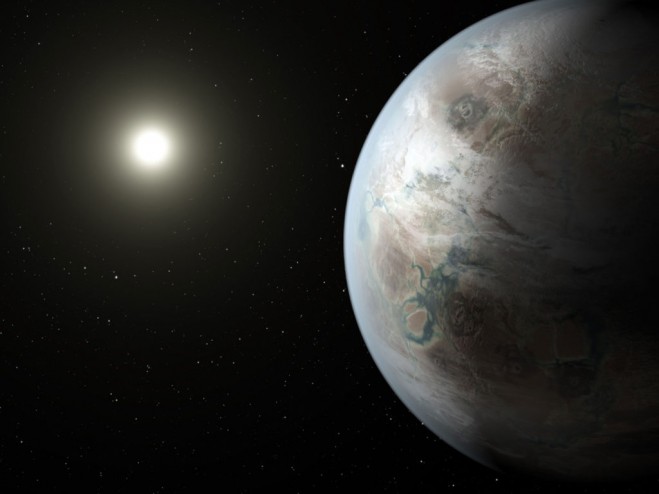

Australian scientists say a powerful ground-based laser targeting space junk will be ready for use in 2019, noting that there are hundreds of thousands of pieces of debris circling the Earth that have the potential to damage or destroy satellites.
Reducing the amount of space junk in orbit has been the focus of a meeting of scientists in Canberra organized by Australia’s Space Environment Research Center. A laser using energy from light radiation can be used to move discarded objects in space. Researchers believe the technology would be able to change the path of orbital junk to prevent collisions with satellites. The aim is to eventually build more powerful laser beams that could push debris into the Earth’s atmosphere, where it would burn up.
Read more here.